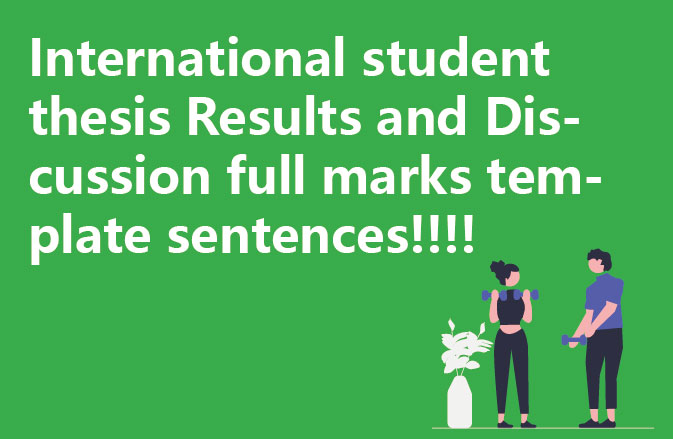1.The result of this analysis is then compared with that of the
2.The applicability of these new results are then testedon
3. This is important to correctly interpret the results.
4. The results are substantially better than
5.The results lead to similar conclusion where
The results lead to similar conclusion where
1. In line with previous studies
2. This result ties well with previous studies wherein
3. Contrary to the findings ofwe did not find
4. They have demonstrated that
5.By comparing the results from, we hope todetermine
6.However, in line with the ideas of, it can beconcluded that
Research Limitations
1. Because of this potential limitation, we treat
2. The limitations of the present studies naturallyinclude
3. Regarding the limitations of_, it could be arguedthat
4. Another limitation of this
The limitations of the present studies naturallyinclude
1. As it is not generally agreed that
2.These are very small and difficult to observe.
3.It is important to highlight the fact that
4. It is notable that
5. An important question associated with is
6. This did not impair the
7. This may alter or improve aspects of
8. In contrast, this makes it possible to
V. Guessing
1. There are reasons to doubt this explanation of
2. It remains unclear to which degreeare attributedto
3. However, does seem to improve
4.It is important to note, that the present evidencerelies on
5. Alternatively, it could simply mean that
6. It is difficult to explain such results within the context of
7. It is unclear whether this is a suitable for
8.This appears to be a case of
9.From this standpoint,can be considered as
10.To date,remain unknown.
Thesis Reasoning
1.Results demonstrate that this is not necessarily true.
2.These findings support the notion that . . is notinfluenced by
3.This may be the reason why we did not find
4.In order to test whether this is equivalent acrosswe
5.Therefore,can be considered to be equivalent for




